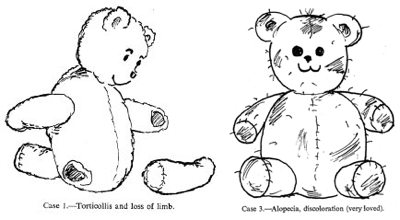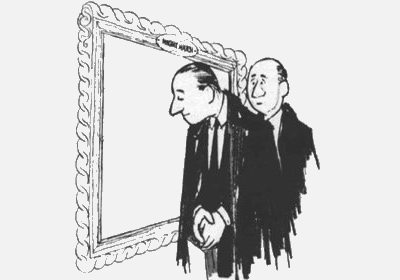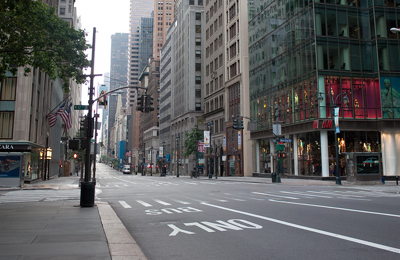In early 1960, a TV viewer complained to a network about seeing a black man kiss a white woman on one of their shows. The network, eager not to offend, flew an account executive down to meet with the viewer and explain to him that the actor was actually white, but that the local station had accidentally broadcast the show at a high contrast ratio, making him appear dark-skinned. When Paul Krassner (editor of the satirical underground magazine
The Realist) heard about this he was outraged that a TV network would be so afraid of offending a racist. So he designed a prank to serve as payback. He asked his readers to write to the network after the April 1st airing of the celebrity panel show
Masquerade Party (a completely unexceptionable show), and to complain that they had been offended by something on it,
but not to specify what it was that had offended them. Hundreds of his readers obliged. The result was panic at the network. Reportedly the TV executives watched the tape of the show repeatedly, desperately trying to figure out what could have offended so many people.




The Top 100 April Fool's Day Hoaxes of All Time
Other April Fool resources at the Museum include: the April Fool Archive (a year-by-year archive of the entire history of the celebration), the Origin of April Fool's Day, the April Fool FAQ, and the Top 10 Worst April Fools Ever. Also, you can find more info about most of the hoaxes in the Top 100 list by clicking their title or thumbnail.